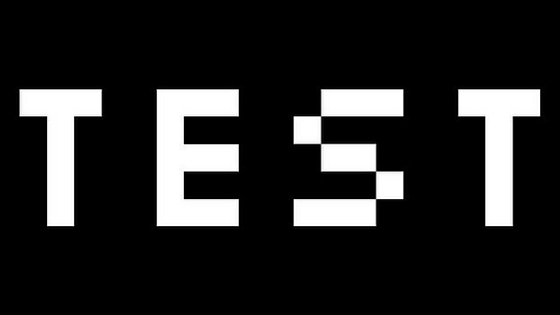Back in 1964, there was a case before the United States Supreme Court. The case, Jacobellis v. Ohio, involved a movie theatre owner, Nico Jacobellis, who showed the film, “The Lovers” in his theatre. Jacobellis was fined $2,500 by a county court because the state deemed the movie to be too obscene to be shown in public, and the fine was then upheld by the Ohio Supreme Court, before it was appealed to the U.S. Supreme Court. Jacobellis argued that the First Amendment protected his right to show the movie. The Supreme Court ultimately agreed with the theatre owner.
Most people don’t remember this landmark case. What they do remember is a line written by Justice Potter Stewart, who wrote, “I shall not today attempt further to define the kinds of material I understand to be embraced within that shorthand description; and perhaps I could never succeed in intelligibly doing so. But I know it when I see it, and the motion picture involved in this case is not that.”
I know it when I see it has become a catchphrase to define all manners of things that are subjectively undefinable. It’s also the perfect way to describe how to determine a UDAAP violation; that is an organization that utilizes unfair, deceptive, or abusive acts or practices, when engaging with consumers. UDAAP is a broad sword handed to the Consumer Financial Protection Bureau that gives the agency a wide berth to regulate what it views are activities that are, for the most part, taking advantage of consumers.
There is no standard definition of what constitutes a UDAAP violation. Collection agencies and debt buyers can look to consent orders and other actions that the CFPB has taken against companies to try and gauge what is allowed and not allowed, but that fence still has a lot of gaps in it. So how can a collections agency make sure that what it is doing on a day-to-day basis is not something that is going to be considered a UDAAP violation? That is a question that does not have a straight answer.
For example, the core component of a UDAAP policy at many collection agencies is don’t discriminate, but are agencies actually testing to make sure that they are not discriminating against the people they are contacting?
“You have to check to make sure you are not offering different settlements or payment options to different age groups or demographic categories,” said Nicole Dickherber, the director of internal audit at Client Services, a Missouri-based collection agency. “It’s a law that you can’t afford to violate.”
A key component of testing a UDAAP policy is to be able to get inside the head of the regulators, said Stefanie Jackman, a partner at the law firm of Ballard Spahr. This is especially important when it comes to UDAAP testing because the specific contours of the UDAAP power are largely undefined; attempting to read the tea leaves from previous CFPB actions as a means to gauging future CFPB behavior is essential to determine whether a UDAAP policy is sufficient. It can be even more difficult for companies that do not have the time or opportunity to step back and look at their operation from a high level to assess potential problem areas.
“Sometimes it’s hard to see things from the perspective you need to see them from,” Jackman said. “UDAAP is one of the biggest risk points right now. Practices can be declared illegal whether the law says so or not.”
Jackman further called UDAAP, “the great unknown.”
For collection agencies, “knowing it when you see it,” is not a good enough response to defend themselves against UDAAP violations. Using the CFPB’s prior actions is a good first step toward developing and maintaining a proactive and comprehensive UDAAP policy, but agencies must also devote time and resources to reviewing their activities to make sure what they are doing does not directly or indirectly come across as discriminatory.









